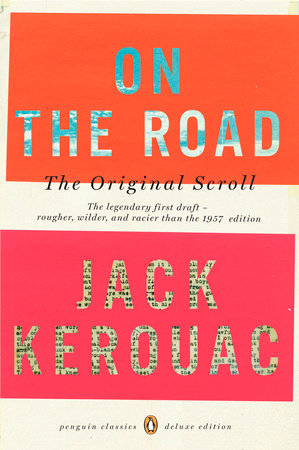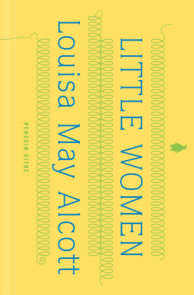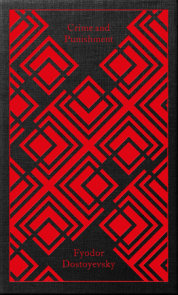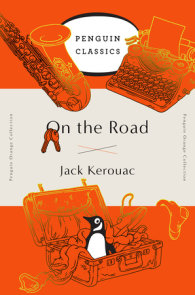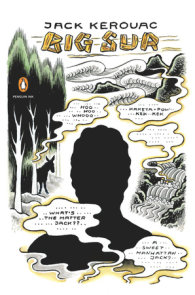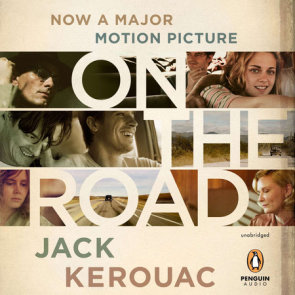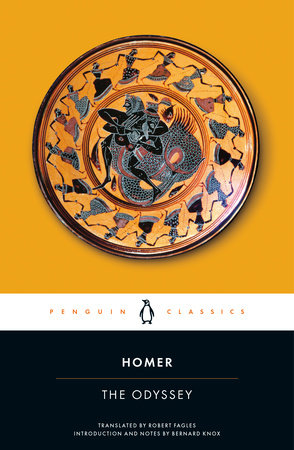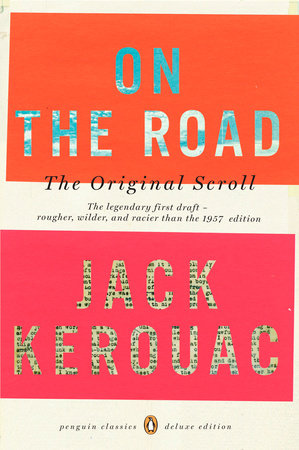

Add to Bookshelf
On the Road: the Original Scroll
By Jack Kerouac
Introduction by Howard Cunnell, Penny Vlagopoulos, George Mouratidis and Joshua Kupetz
By Jack Kerouac
Introduction by Howard Cunnell, Penny Vlagopoulos, George Mouratidis and Joshua Kupetz
By Jack Kerouac
Introduction by Howard Cunnell, Penny Vlagopoulos, George Mouratidis and Joshua Kupetz
By Jack Kerouac
Introduction by Howard Cunnell, Penny Vlagopoulos, George Mouratidis and Joshua Kupetz
By Jack Kerouac
Read by John Ventimiglia
By Jack Kerouac
Read by John Ventimiglia
Best Seller
Part of Penguin Classics Deluxe Edition
Part of Penguin Classics Deluxe Edition
Part of Penguin Audio Classics
Category: Literary Fiction | Classic Fiction
Category: Literary Fiction | Classic Fiction
Category: Literary Fiction | Audiobooks

Paperback
$19.00
Aug 26, 2008 | ISBN 9780143105466
-
$19.00
Aug 26, 2008 | ISBN 9780143105466
-
Aug 16, 2007 | ISBN 9781101201572
-
Sep 05, 2007 | ISBN 9781429505710
757 Minutes
Buy the Audiobook Download:
YOU MAY ALSO LIKE

The Inferno
Paperback
$6.95
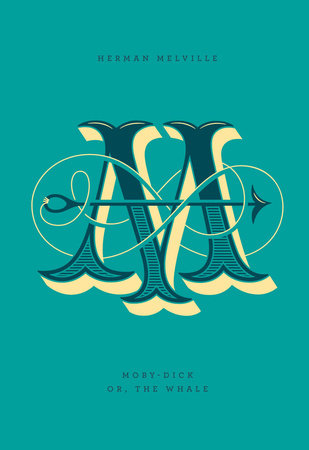
Moby-Dick
Hardcover
$35.00
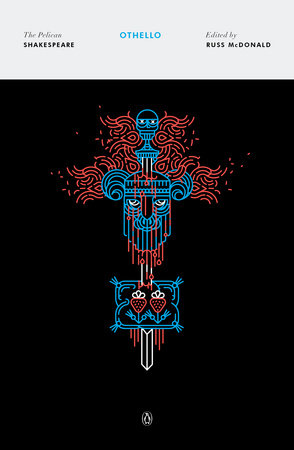
Othello
Paperback
$10.00
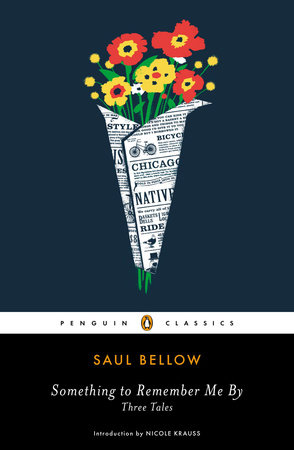
Something to Remember Me By
Paperback
$24.00

Vita Nuova
Paperback
$13.00
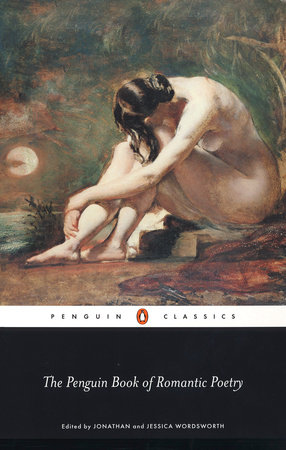
The Penguin Book of Romantic Poetry
Paperback
$25.00
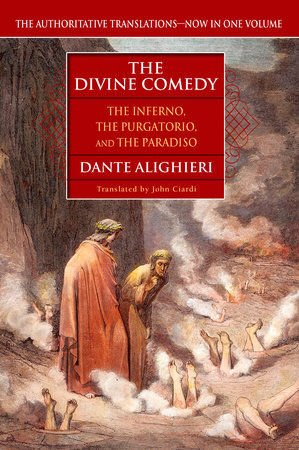
The Divine Comedy
Paperback
$22.00
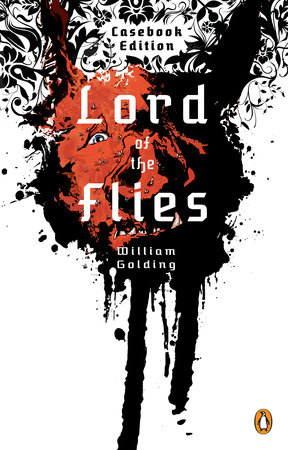
Lord of the Flies: Casebook Edition
Paperback
$19.00
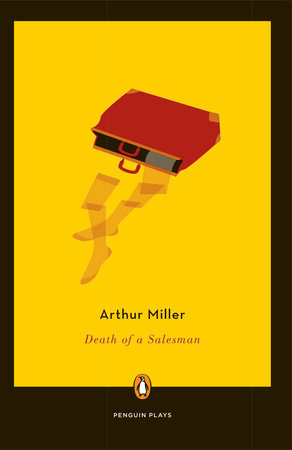
Death of a Salesman
Paperback
$15.00
×
Become a Member
Just for joining you’ll get personalized recommendations on your dashboard daily and features only for members.
Find Out More Join Now Sign In






